El impulso que recibe un satélite en una misión espacial al pasar cerca de la órbita de algún planeta se puede aprovechar para reducir el coste y la duración de la misión. Investigadores del grupo ISCAR (Ingeniería de Sistemas, Control, Automatización y Robótica) de la Universidad Complutense de Madrid (UCM) utilizan técnicas bioinspiradas, o basadas en el com...
Fuente : http://www.agenciasinc.es/Noticias/La-evolucion-bi...
|
|
|||||||
La evolución biológica al servicio de las misiones espaciales interplanetariasMartes, 8 de Noviembre 2011
Martes, 8 de Noviembre 2011
1
1 1
Reacciona. Deja tu comentario
Otros artículos de esta sección
|
Breves 21
Suscríbete a nuestra NEWSLETTER semanal

|
||||||
Powered by GLOBAL MEDIA DIGITAL S.L
|
|||||||



 Tendencias Científicas
Tendencias Científicas
 La prevención del VIH no llega a las jóvenes sudafricanas
La prevención del VIH no llega a las jóvenes sudafricanas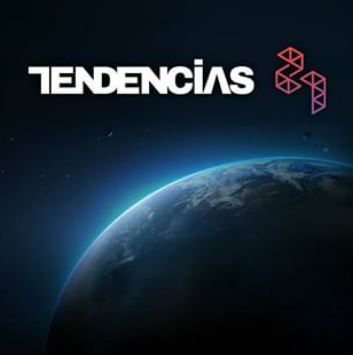



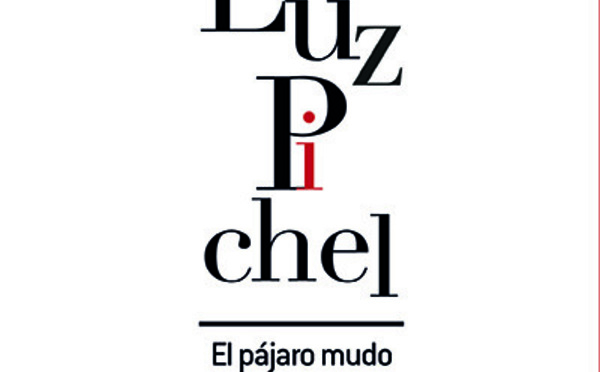




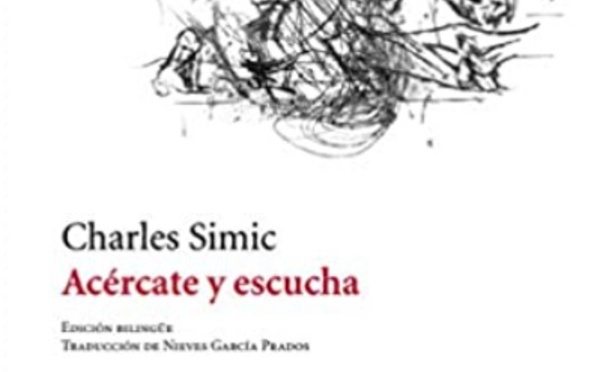


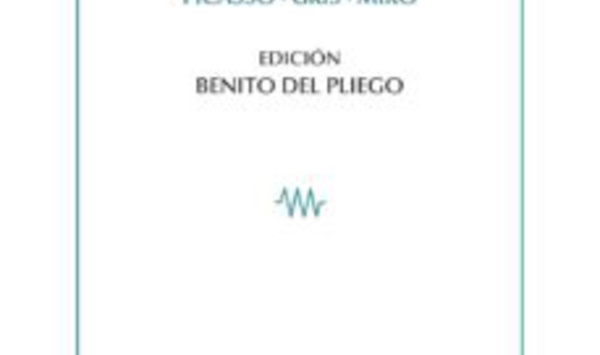





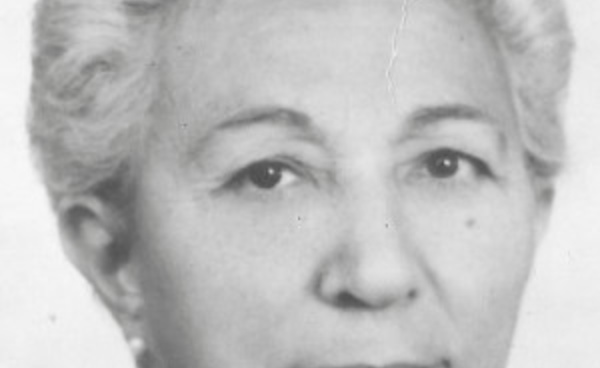



 CIENCIA ON LINE
CIENCIA ON LINE